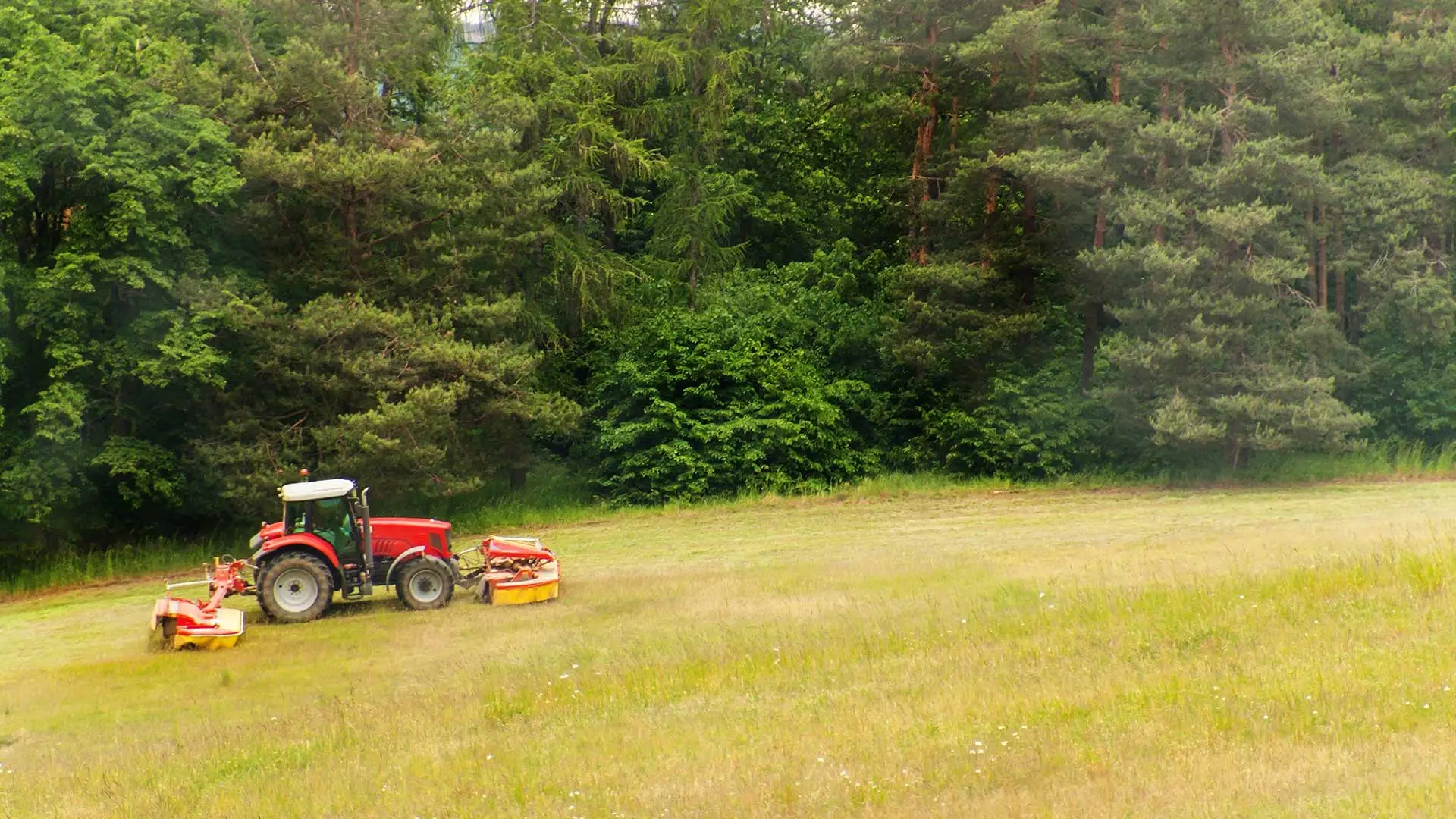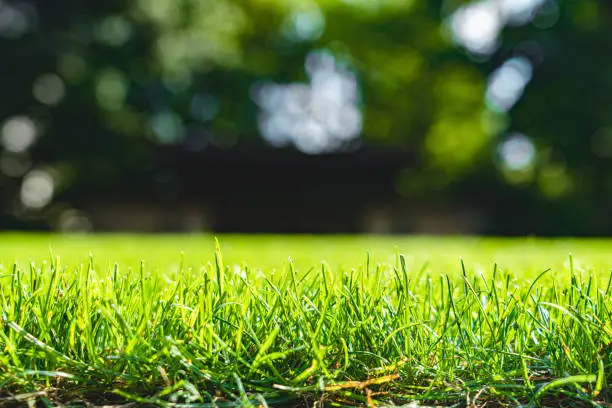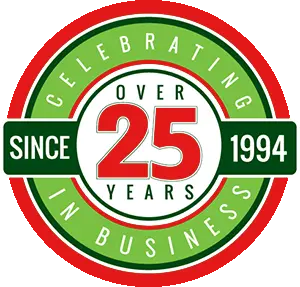The grass in your yard has a "life cycle" that depends on the type of grass and the climate it grows in. In the Columbia, Waterloo, and St. Louis region, most lawns are made up of cool-season grasses. These grasses are well-suited for our colder winters, going dormant in the winter and greening up as spring arrives. Understanding this life cycle can help you time your lawn care tasks, such as fertilizing and weed control, for a lush, healthy yard all year long.
A Year in the Life of Your Lawn
Winter: Dormancy
During the cold months, cool-season grasses like Kentucky bluegrass, fescue, and ryegrass go dormant to conserve energy. Lawn growth slows down, and you may notice the grass turning brown or pale. This is a normal part of the life cycle, protecting the grass from the harsh winter conditions common in the Midwest.
Spring: Awakening and Growth
As temperatures rise in spring, grass wakes from its dormant state, bringing a surge of growth and vitality. This is the perfect time to fertilize as the lawn actively absorbs nutrients and starts thickening. Fetilizing sets the stage for healthy growth throughout the year.
Summer: Peak Growing Season
Summer is a prime growing season for your lawn, especially for warm-season grasses like Bermuda. Your lawn requires ample watering, mowing, and weed control to stay green and healthy during the hot summer months. Proper care helps prevent heat stress and maintains a vibrant yard.
Fall: Preparing for Dormancy
As fall arrives, cool-season grasses begin slowing their growth in preparation for winter dormancy. This is an ideal time to aerate, overseed, and apply a fall-specific fertilizer to strengthen the lawn before the cold sets in. You may also notice stunning color changes in some grasses, adding beauty to your landscape.
Tailored Lawn Care for Columbia, Waterloo, and the St. Louis Region
Understanding the life cycle of your grass means you can time your lawn care efforts to meet its needs throughout the year. In Columbia and surrounding areas, proactive lawn care—including fertilization, weed control, aeration, and overseeding—ensures optimal growth and lawn resilience.
Misconceptions About Lawn Care
Many people think they should fertilize, seed, and weed their lawns all at once in early spring, but this approach doesn’t work for cool-season grasses in our region. A better strategy is to follow a specific care routine like our 7-step lawn care process. This ensures your lawn receives the nutrients and treatments it needs when they are most effective.
Our 7-Step Lawn Care Program
-
Spring Fertilization with Crabgrass Prevention: Protect your lawn from early-season crabgrass while feeding it the nutrients it needs.
-
Crabgrass and Broadleaf Weed Control: A second round of crabgrass prevention plus broadleaf weed control to target common weeds like dandelions, chickweed, and clover.
-
Insect Control: Protect your lawn from pests like grubs and aphids while applying the next fertilizer treatment.
-
Mid-Summer Fertilization: Feed your lawn essential nutrients while spot-treating any lingering weeds.
-
Late-Summer Fertilization and Weed Control: Continue strengthening your lawn and eliminating stubborn weeds.
-
Fall Fertilization and Weed Treatment: Prepare your lawn for winter with a final feeding and weed control.
-
Winterizer Treatment: Apply a winterizer to support early spring green-up and tackle any remaining weeds.
This system starts in the spring and continues until just before winter, ensuring your lawn remains healthy and vibrant year-round.
Weed and Fertilizer: A Winning Combination
Steps 1 and 2 are particularly important in combating crabgrass, the top weed issue in many yards. Early applications of crabgrass prevention paired with fertilization prevent this weed from taking root, while feeding your lawn helps it thrive. Our region’s unpredictable spring weather can reduce the effectiveness of weed treatments, which is why a second application is crucial.
Pro Tip: Areas near concrete or pavement are prone to heat buildup, which can weaken your lawn and invite weeds. Keep these areas well-trimmed and maintained for best results.
Fall: The Ideal Time for Seeding and Aeration
In the Columbia, Waterloo, and St. Louis areas, fall is the best time to aerate and overseed. Aeration opens up the soil, allowing air, water, and nutrients to reach grass roots. Overseeding thickens your lawn, preventing future weed growth and building resilience for the winter ahead.
Pro Tip: After aerating and overseeding, avoid raking leaves. Instead, use a leaf blower or mow over them to mulch. This protects young seedlings and promotes strong growth.
Year Round Lawn Maintenance
A healthy lawn requires more than regular mowing. Proper care includes trimming, weeding, aerating, and fertilizing throughout the year. Think of your lawn like a car—it needs regular maintenance to keep running smoothly. By following a tailored care routine, your lawn will thrive and become the envy of your neighborhood.
Fertilization and Weed Control Services
At Linnemann Lawn Care and Landscaping, we offer scheduled fertilization and weed control services tailored to the unique climate of Columbia, Waterloo, and the St. Louis region. Our services give you peace of mind, knowing your lawn is getting exactly what it needs to thrive.
Looking for expert lawn care? Contact us today at (618) 939-4769 to learn more about our 7-step program!





Comments (0)
Thanks for your comment!
Thanks for your feedback! Your comments have been successfully submitted! Please note, all comments require admin approval prior to display.
Error submitting comment!
There is a problem with your comment, please see below and try again.